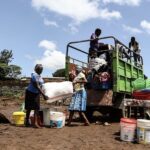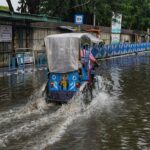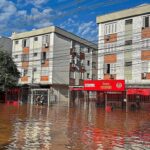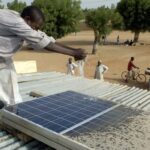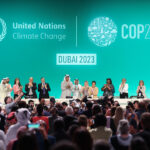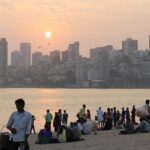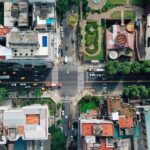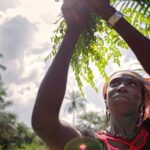Posts tagged with 'disaster risk management'
In Kenya and throughout east Africa, flooding this past April and May wreaked havoc, leaving a path of deadly destruction. The unprecedented deluge of heavy rainfall resulted in a catastrophe that many in Kenya have never witnessed. According to a June ...

India is the seventh most climate-vulnerable country in the world, with nine of its states among the top 50 most vulnerable regions globally. The country’s cities are at the forefront of the climate crisis with more than 80% of the urban population living in ...

After a week of record-breaking rainfall in Rio Grande do Sul, Brazil is experiencing an environmental and humanitarian tragedy. The death toll from the floods is in the dozens. The number of missing persons has surpassed 100. Hundreds are injured, ...

By early 2025, countries are due to unveil new national climate commitments under the Paris Agreement, known as nationally determined contributions (NDCs). These commitments form the foundation of international climate action, establishing emissions-reduction targets and other measures that countries promise ...

In the crowded slums of Zambia, Africa, members of the Zambia Youth Federation, a social movement of the urban poor, conducted climate change research and presented it in an emotional spoken word poem. Their message let policymakers know how climate ...

By David Waskow, Jennifer Layke, Nate Warszawski, Preety Bhandari, Gabrielle Swaby, Natalia Alayza, Jamal Srouji, Mario Julien Díaz, Edward Davey, Rogier van den Berg, Roman Czebiniak, Paige Langer and Nathan Cogswell on December 19, 2023
The COP28 climate talks began with a new fund to address the increasingly severe losses and damage vulnerable countries face from climate impacts and concluded with the first international agreement to tackle climate change’s main driver: fossil fuels. Those bookends to the Dubai summit ...

A systematic, consistent, national-level dataset on India’s water bodies that could inform efforts to improve water management and increase resilience has been long awaited. The National Water Body Census 2023 is a crucial milestone in creating such a database. Undertaken ...

Today’s city leaders face a level of complexity and rapid pace of change that can be overwhelming. Particularly in developing countries, urbanization is unfolding quickly and often haphazardly. One in three urban residents worldwide lack adequate access to at least ...

Cities occupy just 3 percent of the Earth’s land, but account for most of the global energy consumption and carbon emissions. Many cities are also more vulnerable to climate change and natural disasters due to their population densities and interconnected infrastructure. ...

Over the past two decades, Rwanda – the land of a thousand hills – has made remarkable strides: poverty has significantly declined and quality of life has improved. The service, industrial and agricultural sectors have flourished. Even in the aftermath ...

The conclusion of the Global Stocktake at COP28 in Dubai, United Arab Emirates this December will evaluate how much progress the international Paris Agreement on climate change has made in the fight against the climate crisis and what more is needed to ...

A picture is worth a thousand words, and dozens of photographers from diverse backgrounds captured scenes portraying their visions of a desirable and more sustainable city at COP27. Submissions to the Transformative Urban Coalitions photo competition were made by people ...

Cyclone Amphan slammed into countries surrounding the Sea of Bengal this May. The storm was the second most powerful the region has seen in two decades, affecting over 12 million people in four countries. In Bangladesh, the water surged up to 4 ...







